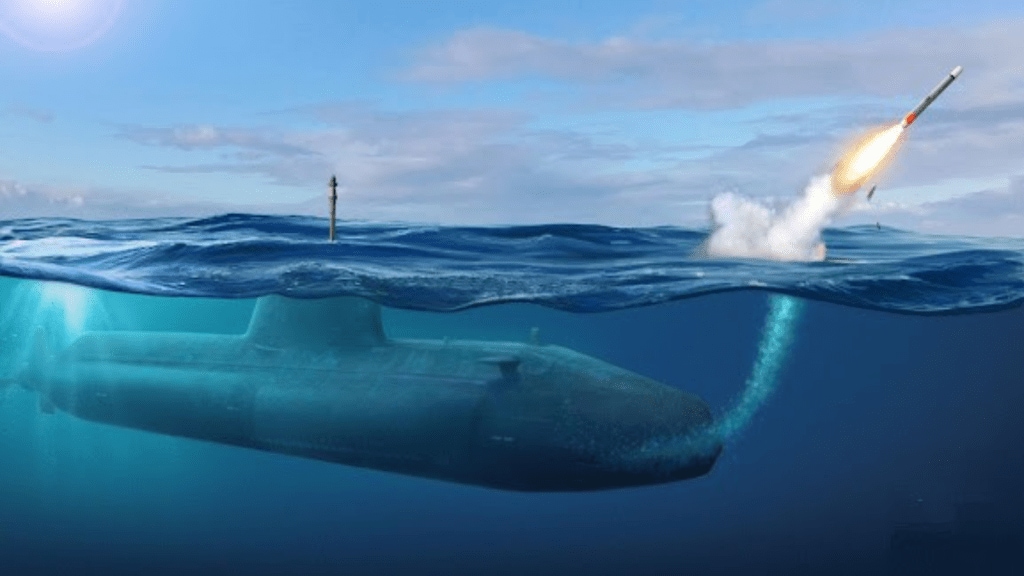A Submarine-Launched Cruise Missile (SLCM) is a type of missile designed to be launched from submarines, providing significant strategic and tactical advantages to naval forces. SLCMs can carry either conventional or nuclear warheads, making them versatile tools for both deterrence and combat operations.
Key Features
Stealth and Surprise
One of the primary advantages of SLCMs is their ability to be launched from beneath the ocean’s surface, leveraging the stealth capabilities of submarines. This allows for surprise attacks, as the launch platform is hidden underwater and can approach enemy territories undetected. Submarines equipped with SLCMs can navigate vast oceanic expanses, positioning themselves close to potential targets without being easily detected by enemy radar or surveillance systems.
Long-Range Precision
SLCMs are designed for long-range missions, capable of striking targets hundreds or even thousands of kilometers away from their launch points. This extended range allows submarines to engage targets from safe distances, reducing the risk of retaliation. The precision-guidance systems onboard these missiles, which often include GPS, inertial navigation, and terrain mapping technologies, ensure high accuracy, making SLCMs effective against a variety of targets, including fortified structures, military installations, and critical infrastructure.
Versatile Payloads
SLCMs can be armed with a range of warheads, from conventional explosives to nuclear payloads. This versatility allows military planners to select the appropriate level of force for a given mission, whether it be a precision strike to disable a specific target or a more devastating attack designed for maximum impact. The ability to carry nuclear warheads also enhances the deterrent value of SLCMs, as potential adversaries must consider the threat of a nuclear response from an undetected submarine.
Strategic Importance
Deterrence and First Strike Capability
SLCMs significantly enhance a nation’s strategic deterrence posture. Submarines equipped with these missiles can remain hidden for extended periods, providing a credible second-strike capability in the event of a nuclear conflict. This ensures that any potential adversary must account for the possibility of a retaliatory strike from an undetected submarine. Additionally, the first-strike capability of SLCMs allows for preemptive strikes against critical enemy assets, potentially crippling their ability to respond effectively.
Force Multiplication
In addition to their strategic roles, SLCMs act as force multipliers in conventional warfare. They enable navies to project power far beyond their immediate operational areas, supporting land-based forces and disrupting enemy operations from a distance. The ability to launch precision strikes against high-value targets without putting surface ships or aircraft at risk adds a significant tactical advantage.

